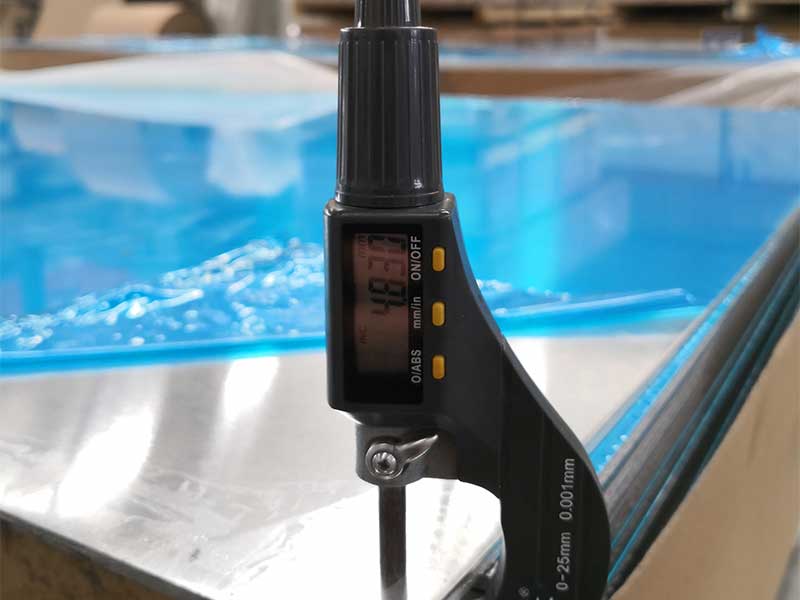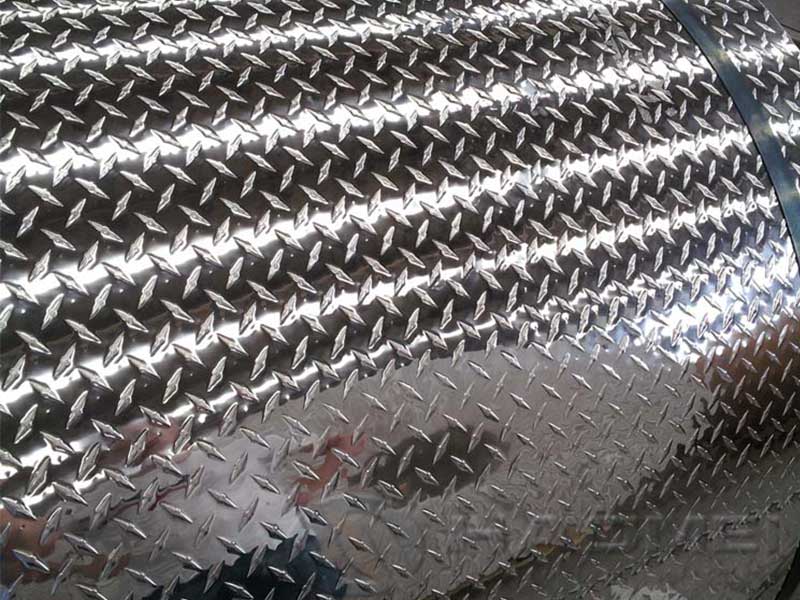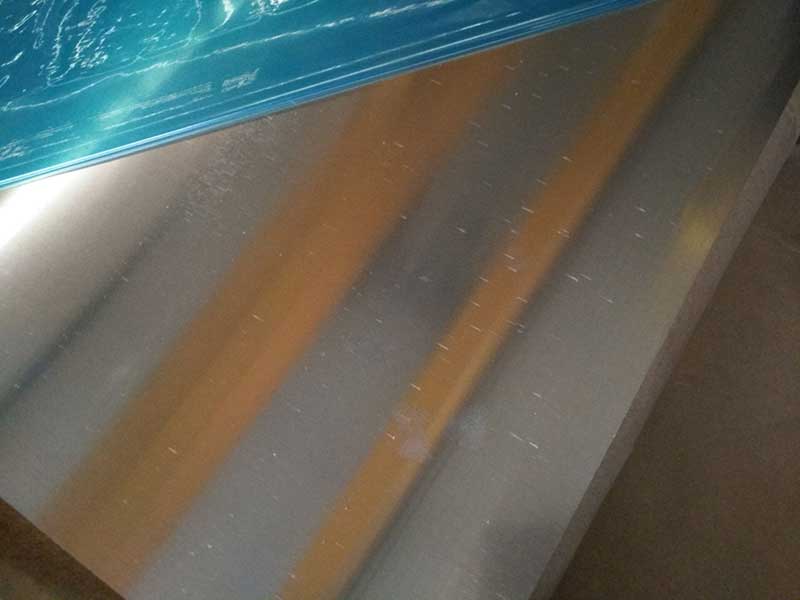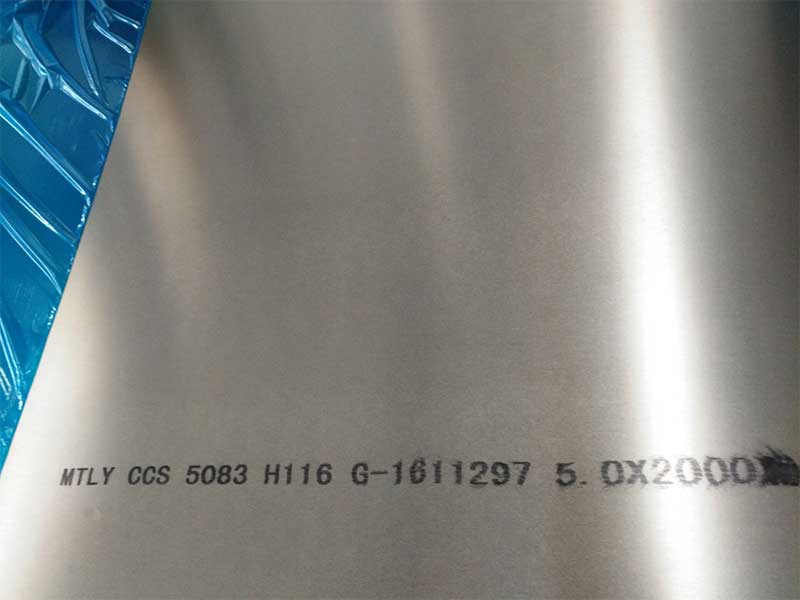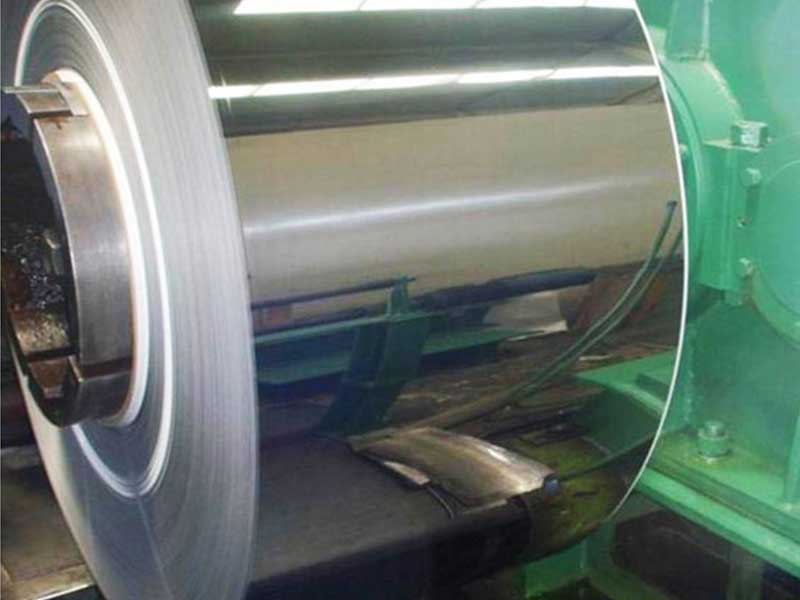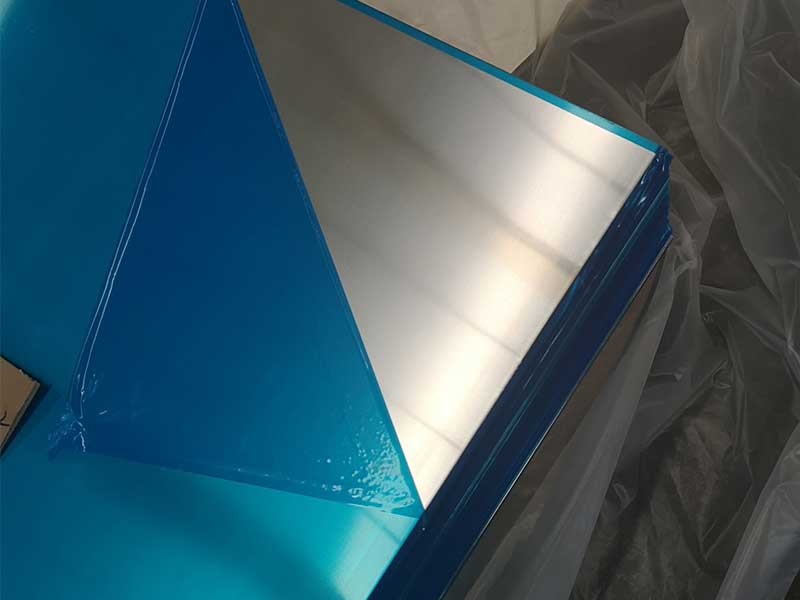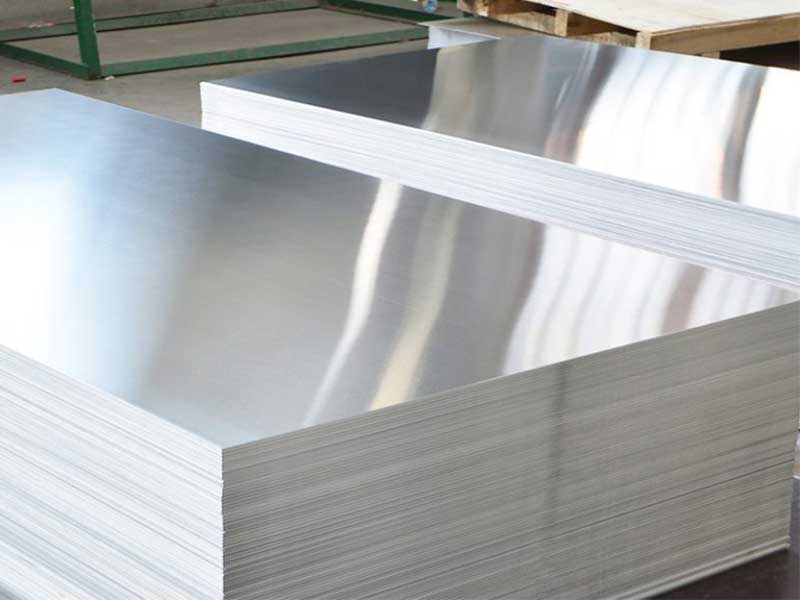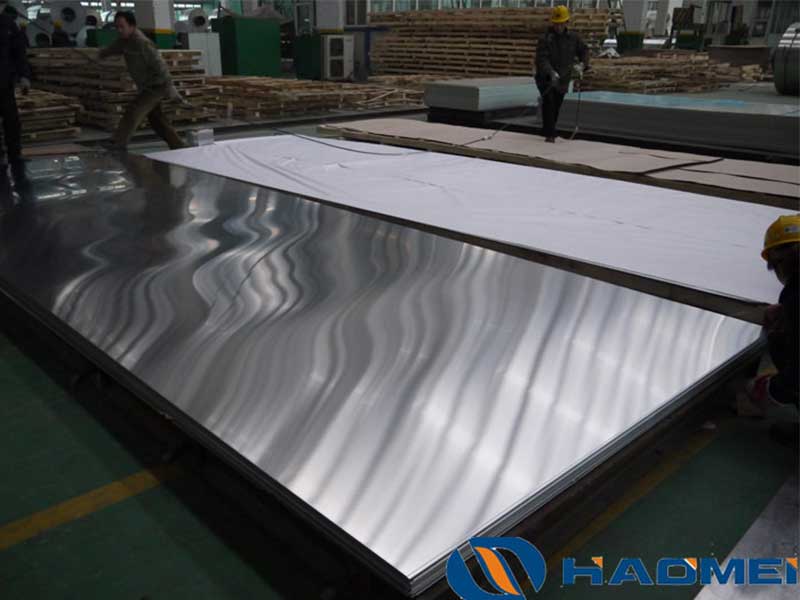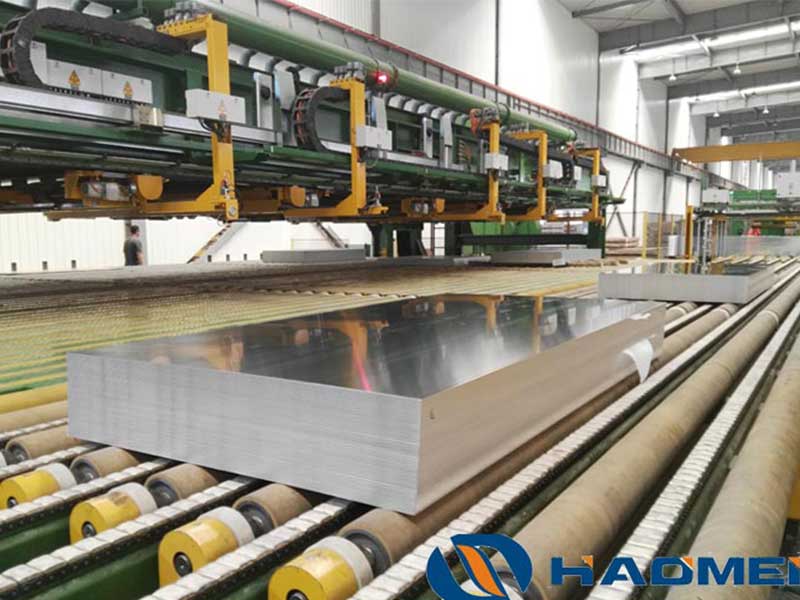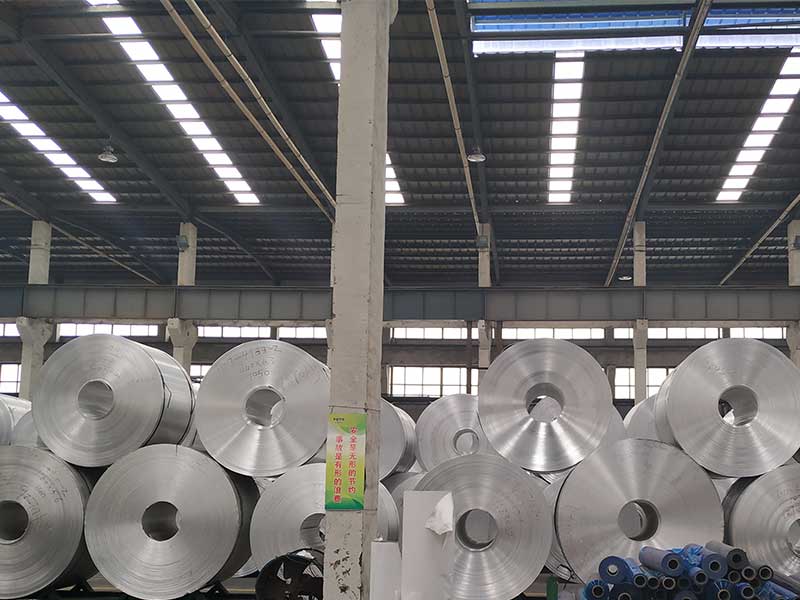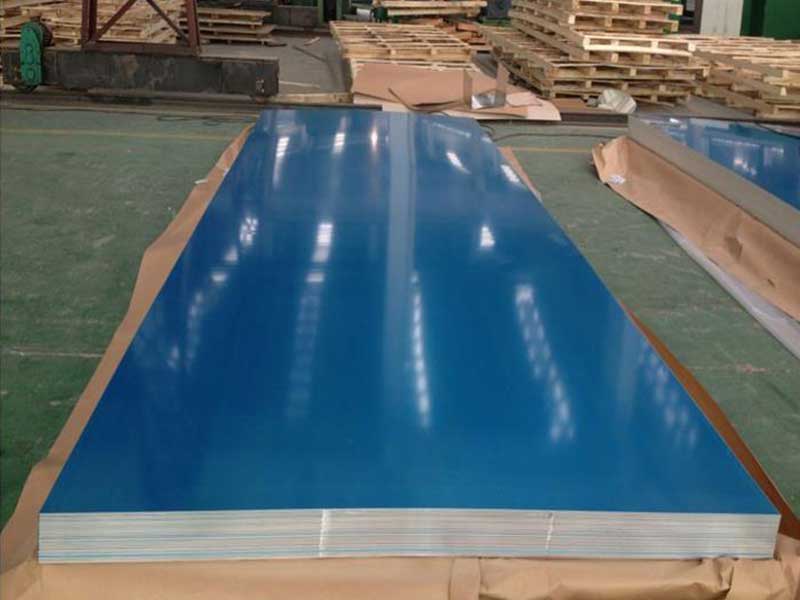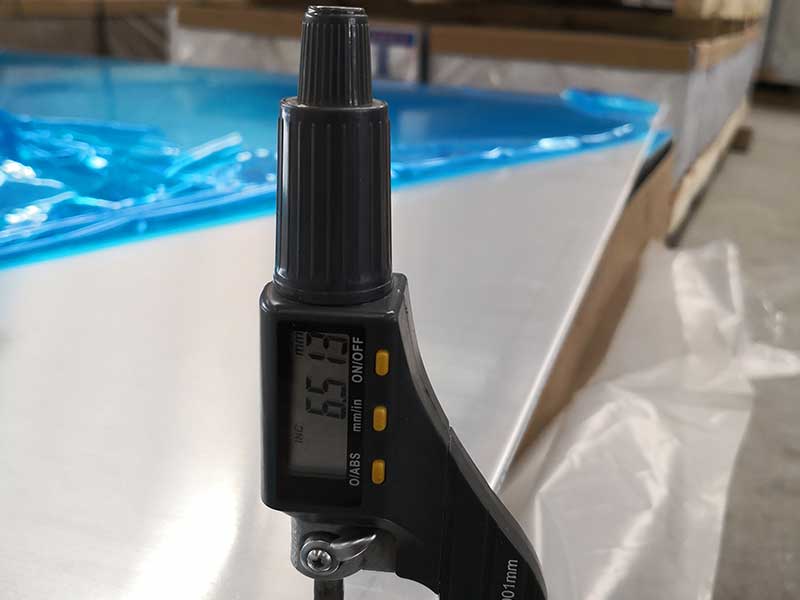2025-04-10 https://www.aluminum-coils.com/a/aluminum-sheet-metal-grades.html
Aluminum alloys are the backbone of numerous industries, delivering both adaptability and strength. The versatility of aluminum sheet metal is reflected in its numerous grades, each tailored for specific applications. As an aluminum alloy expert, I aim to unpack the intricacies of these aluminum sheet metal grades, guiding professionals in choosing the perfect alloy for their distinct needs.
The Basics of Aluminum Alloys
Recognized mainly by series (1000 to 7000), aluminum grades are categorized according to their primary alloying elements.
-
1000 Series: Pure aluminum (99% and above), exhibiting high corrosion resistance and unparalleled thermal and electrical conductivity.
-
2000 Series: Copper alloyed, notable for its strength but lower corrosion resistance; this grade shines in aerospace applications, providing the durability and malleability required in those scenarios.
-
3000 Series: Manganese is the main alloying element in this series, making it ideal for applications requiring moderate strength and formability—think beverage cans and automotive ductwork.
-
4000 Series: Recognized surprisingly by its silicon makeup, this range is designed for welding. Common uses involve automotive and manufacturing applications due to its low expansion and high fluidity during casting.
-
5000 Series: Featuring magnesium, this series is celebrated for superb corrosion resistance. Often utilized in marine environments, it is prized in shipbuilding and construction.
-
6000 Series: Magnesium and silicon blend exemplifies versatility. Electric components and architectural framing move effortlessly into consideration here. This is possibly the most versatile and popularly used aluminum sheet grade.
-
7000 Series: Zinc alloy composition characterizes this series, designed chiefly for high strength applications such as sporting equipment and extreme conditions.
Unique Properties and Considerations
What do all these numbers mean on your aluminum sheets? Let's communicate the finer details that separate these grades in terms of performance. The improvement in mechanical properties denotes a useful Power-to-Weight Ratio; crucial in fields like aerospace and automotive engineering.
Here’s where design emergence ignites. Imagine the reliability of the 6061-T6 alloy, known for great corrosion resistance, just waiting for modestly welded fabrication.
Additionally, consider the surface treatments applicable to aluminum sheets. Options like anodizing suit varying requirements for ultra-smooth surfaces or added protection, enhanced roles existing throughout numerous environments.
Choosing the Right Grade for Your Application
The to selecting an aluminum sheet grade lies in three essential factors: strength, corrosion resistance, and workability. what combination best serves your purpose allows you to cut costs without compromising performance.
Major Application Areas
-
Aerospace: Predominantly features 2000 and 7000 Series due to their enduring strength per weight.
-
Automotive: Comprising subclasses of variations predominantly from the 3000 and 6000 series, catering to both structural components and aesthetic parts like custom fins or radiators highlighting easiness of fabrication.
-
Construction: Often adheres to 5000 and 6000 series, yielding structures requiring roofing and cladding while offering adequate thermal protection facilities together with free spacial interior layouts.
A Nuanced Insight
From a distinctive lens, these specifications does not solely offer utility to a designer but also tips the scales of production methods. Technology's current trends in manufacturing emphasize resource efficiency and sustainability, making highly recycled 1000 series exciting.

